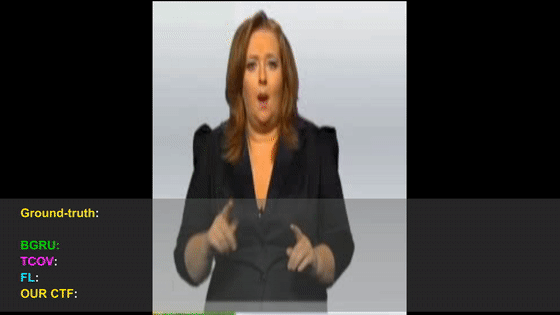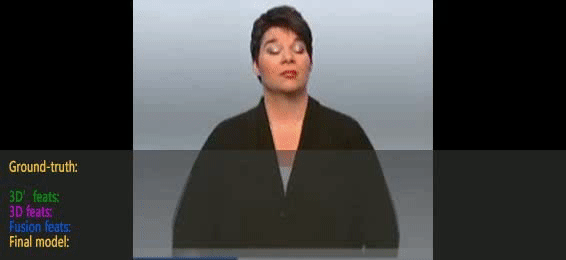
Shengeng Tang, Dan Guo, Richang Hong, and Meng Wang
IEEE Transactions on Multimedia (TMM), 2021
[Paper] [BibTex]

Dan Guo, Shengeng Tang, Richang Hong, and Meng Wang
Computer Science, 2021
[Paper] [BibTex]

Dan Guo, Wengang Zhou, Anyang Li, Houqiang Li, and Meng Wang
IEEE Transactions on Image Processing (TIP), 2020
[Paper] [BibTex]

Peipei Song, Dan Guo, Haoran Xin, and Meng Wang
IEEE International Conference on Image Processing (ICIP), 2019
[Paper] [BibTex] [Poster]

Dan Guo, Shengeng Tang, and Meng Wang
International Joint Conference on Artificial Intelligence (IJCAI), 2019
[Paper] [BibTex] [Slides] [Poster]

Dan Guo, Shuo Wang, Qi Tian, and Meng Wang
International Joint Conference on Artificial Intelligence (IJCAI), 2019
[Paper] [BibTex] [Poster]

Shuo Wang, Dan Guo, Wengang Zhou, Zhengjun Zha, and Meng Wang
International ACM International Conference on Multimedia (ACM MM), 2018
[Paper] [BibTex]

Dan Guo, Wengang Zhou, Houqiang Li, and Meng Wang
AAAI Conference on Artificial Intelligence (AAAI), 2018
[Paper] [BibTex]

Dan Guo, Wengang Zhou, Houqiang Li, and Meng Wang
ACM Transactions on Multimedia Computing Communications and Applications (TOMCCAP), 2018
[Paper] [BibTex]

Dan Guo, Wengang Zhou, Houqiang Li, and Meng Wang
IEEE International Conference on Image Processing (ICIP), 2016
[Paper] [BibTex]







